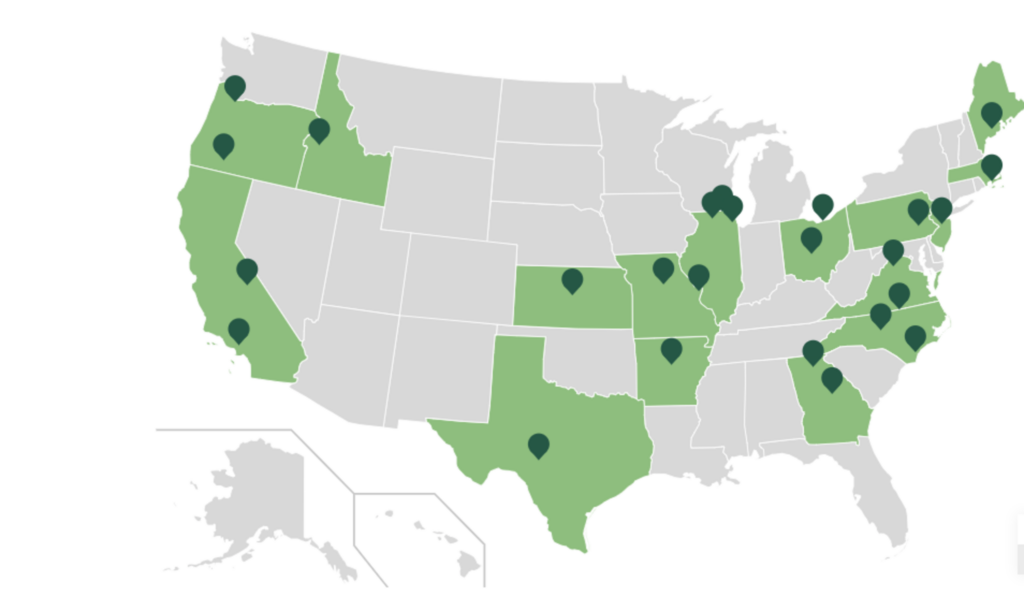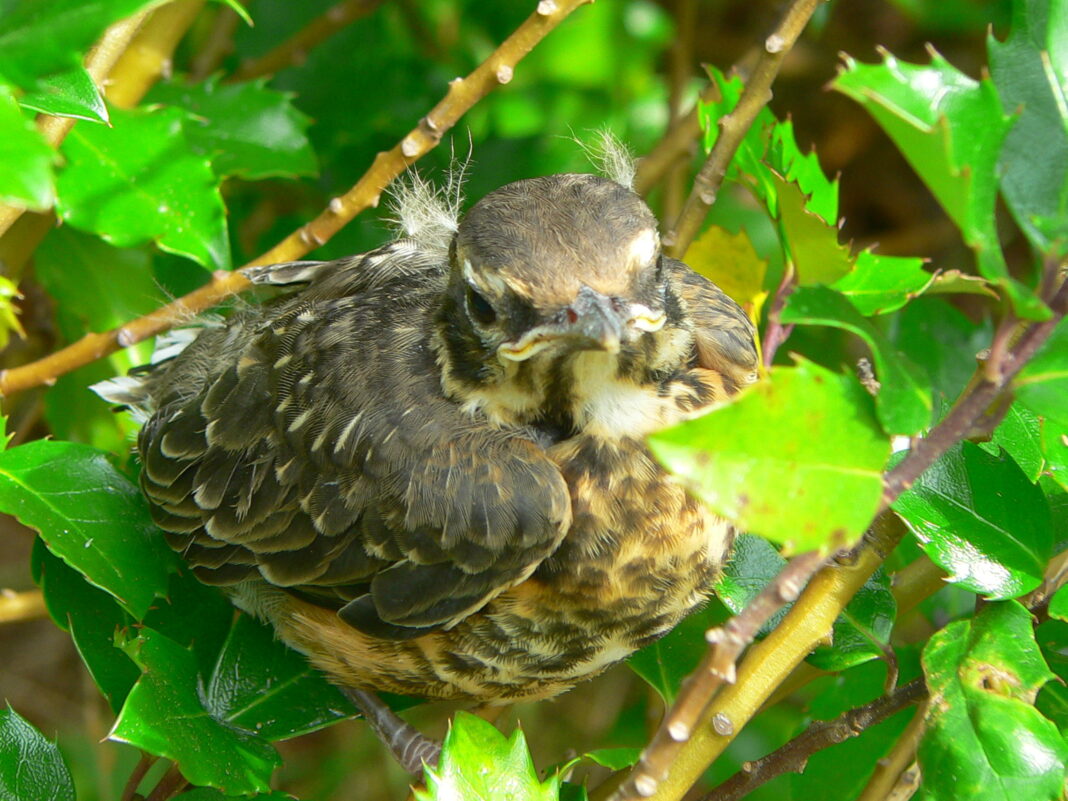Founded in 2021, Village and Wilderness helps communities develop the climate adaptation tools that work best for them.
To: Bluedot Living
From: Tom Chase, Executive Director
Subject: Village and Wilderness
Climate change is global, but climate adaptation is local. While governments, industry, and large non-governmental organizations struggle to mitigate climate change, all of their combined resources will not be enough to help communities adapt to the coming changes. Each community is, to some degree, on its own. We founded Village and Wilderness in 2021 to help communities develop the climate adaptation tools that work best for them. We made our Microhabitat Program Incubator our flagship project, because bringing nature back to where people live is one of the most effective, natural, and least expensive climate adaptation strategies that any community can implement. Since our focus is on communities, we started first with our own, on Martha’s Vineyard, before branching out to others around the country.
Nature, even in its smallest patches, can provide some of the most effective and sustainable buffers to climate change. For species that are forced by climate to move across landscapes fragmented by buildings and roads, these small habitats can offer refuge and places to breed. For people, small patches provide space for trees to shade streets and homes, and native plants to filter road run-off before it enters the water table. In the process of creating habitat for native plants and pollinators, and allowing for biodiversity in the residential landscape, many property owners report a deep feeling of agency: it’s something tangible and rewarding that they can do for the planet, and it offers educational and aesthetic benefits to their families and communities.
In the process of creating habitat for native plants and pollinators, and allowing for biodiversity in the residential landscape, many property owners report a deep feeling of agency: it’s something tangible and rewarding that they can do for the planet.
For decades, the movement to re-naturalize backyards has swept across the suburban landscape. Several national organizations, such as Homegrown National Park and the National Wildlife Federation, have provided individual property owners with the fundamental principles of sustainable natural yard management. Meanwhile, many local organizations have joined the movement. Having become established across the suburban landscape, the movement now confronts an inevitable frontier: how can it provide benefits to people — like those living in some urban neighborhoods — who don’t have or own backyards? How can it help underserved communities and those who live in some of the most climate-vulnerable areas? Fortunately, several organizations have made great progress in this arena, helping residents work with neighborhood public spaces such as school yards, places of worship, roadside verges, municipal properties and even vacant lots. Because these spaces, be they private or community-owned, are often small and scattered, we refer to them as “microhabitats.”
But a challenge remains. While there are common themes for re-naturalizing many microhabitats (e.g., providing food, shelter, and water for native plants and wildlife), there are very few universal “best practices.” That’s because each community is different — be it culturally, historically, economically, or ecologically — and each will have different priorities. Moreover, each microhabitat will have limits to the purposes it can effectively serve. Pollinator gardens, for example, do better in sunny rather than shady areas; shade trees grow best where someone is willing to water the saplings; suburban lots accommodate more bird species than urban lots.

To achieve maximum impact and success, microhabitats need to be designed with a view to both the interests of people and the realities of the land in question. In general, community-based organizations — those who live and work nearby and know the local people, land, and wildlife — are best positioned to guide microhabitat designs. Microhabitats do best when guided by naturalists with a working knowledge of landscaping, native plants, and local species, but unfortunately, many community-based organizations are small, under-staffed, and under-resourced. They may already be working so hard to solve their communities’ most immediate problems that they have neither the time nor capacity to develop, fund and staff a microhabitat program.
Through its Microhabitat Program Incubator, Village and Wilderness helps community-based organizations build new programs, develop strategies to overcome barriers, and share and learn with peer organizations. One example is BiodiversityWorks’ Natural Neighbors program, which we helped to create, working with the program staff to conceive a novel solution for sourcing locally-evolved native plants. After testing the solution in real life, we collaborated on a case study to share that strategy with others. Our case studies, like our directory of programs, research bibliography, and other information, are freely available through our open access Resource Center. We offer a newsletter to keep practitioners up to date on emerging issues and have formed a network through which they can pose questions, meet, share experiences and collaborate. Finally, our recently launched grant program provides funding to help microhabitat programs become more effective and to better reach underserved and climate vulnerable communities.
We made our Microhabitat Program Incubator our flagship project, because bringing nature back to where people live is one of the most effective, natural, and least expensive climate adaptation strategies that any community can implement.
By taking a bird’s eye view of programs around the country, Village and Wilderness is learning not only what the most common needs are among organizations, but also where the frontiers are for the microhabitat movement as a whole. Equity is one of them; low income neighborhoods do not have the resources that more affluent suburbs do. Other frontiers include developing good science and metrics to objectively evaluate the impact of microhabitats; improving municipal and state policies that encourage the production and use of native plants; and drafting methods to recruit, train and retain field naturalists to help property owners and communities design microhabitats. Village and Wilderness focuses on enabling and amplifying the work of community-based microhabitat programs, be they in urban, suburban or agricultural landscapes.
Visit our directory to see if there are hands-on, onsite programs to help you develop your microhabitat. Or, if you would like to support the work of Village and Wilderness and the many organizations and communities we serve, please visit our website and donate there.

